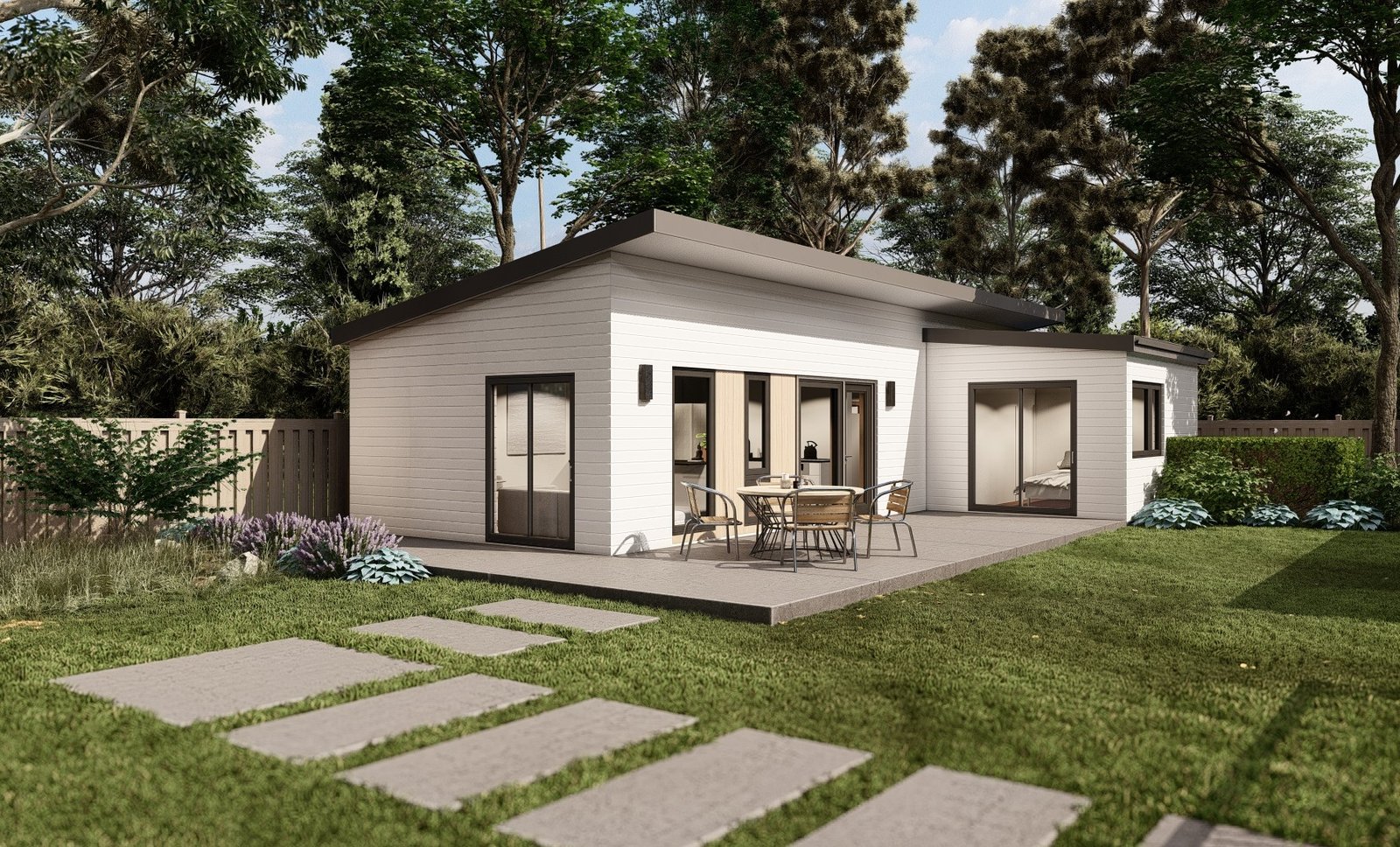What is an Accessory Dwelling Unit?
Summary:
Accessory Dwelling Units (ADUs) are increasingly important in tackling California’s housing affordability crisis. ADUs, which include detached structures, attached units, and garage conversions, offer a versatile solution to urban development challenges. The article delves into the statutory requirements set by California’s legal framework, examines local ADU codes across various counties and cities, and discusses efforts to reduce zoning and permitting barriers. Furthermore, it addresses financial incentives such as fee reductions and waivers, the implications of ADUs for short-term rentals, and the enforcement challenges involved. Through comprehensive analysis and expert insights, this piece provides a detailed guide to navigating the complexities of ADU development in California.
Introduction
What is an Accessory Dwelling Unit? ADUs have become a crucial response to California’s dual housing affordability challenges and urban development. By delving into the detailed regulatory frameworks that govern ADUs and utilizing the resources and strategies available, stakeholders—from homeowners and developers to policymakers—can adeptly manage the complexities associated with ADU development. This strategy is vital for meeting the surging demand for affordable housing in a state where both real estate prices and rents are rising at an alarming pace.
Understanding the intricate legal and zoning requirements is the first step toward leveraging ADUs effectively. For example, familiarizing oneself with local ordinances that dictate the size, placement, and usage of ADUs can significantly streamline the approval process. Additionally, stakeholders can reduce costs and expedite construction timelines by taking advantage of various incentives such as fee reductions, tax exemptions, and expedited permitting processes offered by some jurisdictions.
This examination of ADUs highlights their transformative potential in increasing housing stock and integrating seamlessly into existing neighborhoods without undermining their aesthetic or cultural character. ADUs provide a unique opportunity to increase density while preserving the built environment, thus contributing to a more sustainable urban growth pattern. By fostering a better understanding of ADU regulations and promoting their benefits, communities can unlock a significant avenue for growth that aligns with broader urban planning objectives and respects the nuanced characteristics of diverse communities.
What is an Accessory Dwelling Unit?
An ADU is a secondary housing option on a single residential property. Characterized by their smaller dimensions and ability to support independent living, ADUs can be constructed as additions to an existing home, established as standalone structures, or fashioned from converted spaces such as garages. These units are pivotal in providing affordable housing options without altering the fabric of existing neighborhoods.
Types of ADUs:
- Attached ADUs are built as an extension of the main house.
- Detached ADUs stand alone but on the same property as the main house.
- Conversion ADUs involve transforming existing spaces, such as garages or basements, into livable units.
Statutory Requirements for ADUs in California
California’s legal framework has been restructured to encourage the development of ADUs, aiming to ease the state’s housing crisis. Essential statutory requirements include:
- Minimum and Maximum ADU Size: Regulations specify the minimum and maximum sizes of ADUs, ensuring they are large enough to be practical but not so large as to burden local infrastructure.
- Dimensional Standards and Street Improvements: These ensure ADUs integrate well into existing neighborhoods without causing undue disruption.
- Owner Occupancy: Some jurisdictions require the owner to live in either the main house or the ADU to maintain the property’s residential character.
- Condominium Sales and Design Review: Rules may differ regarding the sale of ADUs separate from the main property and specific aesthetic or design standards to maintain neighborhood consistency.
- Parking and Impact Fees: Requirements for additional parking spaces and the impact fees charged can significantly influence the feasibility of ADU projects.
- Common Interest Communities: Special considerations are often required in areas with homeowners associations or other communal living structures.
Examples of Local ADU Codes
Analyzing ADU codes from various California cities reveals a spectrum of approaches. For instance, some cities might allow more lenient size limitations for detached ADUs than attached ones, reflecting differences in perceived impact on neighborhood aesthetics and privacy.
- Reducing Zoning and Permitting Barriers for ADUs
Efforts to streamline zoning laws and permitting processes are crucial in promoting ADU development. Cities like Los Angeles have implemented measures to reduce bureaucracy, thereby accelerating the approval and construction of ADUs. The impact of these measures has been significant, with a noticeable increase in ADU applications and completions.
- Fee Reductions/Waivers for ADUs
The high costs associated with permits and development fees can deter homeowners from constructing ADUs. Some regions have adopted fee reductions, waivers, and tax exemptions to alleviate these financial burdens and encourage more ADU developments.
- Short-Term Rental of ADUs and Enforcement
The rise of ADUs as short-term rentals has introduced new regulatory challenges. Cities have had to balance the benefits of increased tourist accommodation with the need for long-term residential housing. Enforcing these regulations often requires innovative technological solutions and dedicated resources.
ADUs are a key solution to California’s housing affordability and urban development challenges. By understanding the intricate regulatory landscape and leveraging available resources and strategies, stakeholders can effectively navigate the complexities of ADU development to meet the growing demand for affordable housing.


